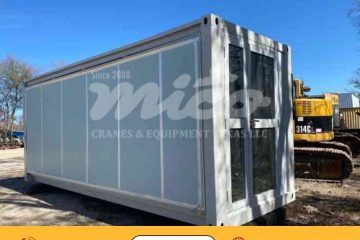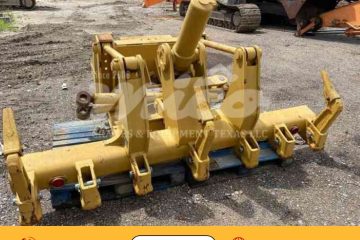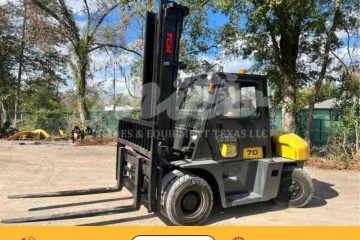Choose The Right Construction Tools For Soil Density
In any construction project you need suitable and correct equipment for soil compaction. Many compaction used heavy equipment are available in the market, but you have to research on all these equipment before buy any tool for soil compaction. These tools play a major role in the construction process because these heavy tools help to compact the soil properly.

Why you require a solid compacted soil for every construction project?
Properly compacted soil is a major element of nearly every construction project because it provides the solid, dense base needed to hold up footings and foundations, slabs, and streets. When the lower base of soil is not firm or solid enough, unnecessary soil settlement can lead to a variety of structural troubles such as basement walls that break and leak, pipes that leak and break, slab breaks, and foundation erosion.
There are many choices when it comes to compaction apparatus and tools, but finding the correct instrument for any project can assist to guarantee a suitable result. The option relies on two major criteria the first is the composition and properties of the soil to be dense; the second is the quantity and expense of material to be compacted. The first condition decides the kind of compaction force required, and the second determines the size of the equipment needed to do the work efficiently.
Main categories of soils

Different kinds of soil have dissimilar features that influence its highest density and best moisture content. A fine-graded soil characteristic a large variety of particle sizes, with minor particles that fill in the empty spaces between the larger ones and these soils make a right solid structure when compressed. There are three major categories of soils; organic, cohesive and granular soil. But granular and cohesive soils are best capable of compaction.
Why compaction machines are essential for soil compaction?
Compaction equipment applies forces to enhance the soil thickness. Several gears apply only motionless forces, which contain force and kneading created only by the dead weight and configuration of the equipment itself. Such motionless forces influence only the top layers of material, and their force is felt only to a partial depth. Other machines also apply the energetic forces of vibration or impact to enlarge its compactive result because these devices use a system, generally an engine-driven, to put a downward force beyond the equipment’s static weight.
One or more revolving eccentric weights are usually used as a vibrating mechanism. The vibration goes through the soil, setting the particles in movement and moving them closer together to generate the maximum possible thickness. This mechanism affects both the upper layers and bottom layers. The magnitude of a machine’s energetic compaction power depends on both the frequency of the eccentric shaft’s rotation or device jumps and the amplitude of its movement, that is, the distance it moves from its axis.
Major categories of soil Compaction tools or equipment
There are three essential kinds of compaction equipment are present such as rammers, vibratory plates, and rollers.
The inclined tool
This rammer machine applies heavy compaction powers produced by a little petrol or diesel engine that controls a piston with two sets of springs. The equipment are slightly inclined so as to travel onward with each jump, guided by the operator. Because they have a comparatively tiny footprint, rammers are used generally in narrow excavations, up to about 24 inches broad or closest to structures. These rammers give the shear forces required to compact the cohesive soils..
The reversible tool The roller tool
Now comes to vibratory plates, these compaction equipment generate low-amplitude and heavy vibration rate, so these two factors matched for compacting granular soils. They utilize gas or diesel engines that drive one or additional eccentric weights to produce vibration at frequencies ranging from 2500 to 6000 vpm.
The majority of vibratory plate compactors moves only forward, their forward movement controlled by the vibrating plate itself. There are also bigger and heavier vibratory plate compactors and all these larger units are normally reversible, which means they utilize two eccentric weights and so can switch easily from forward to reverse travel, or sustain the force while stopped to give spot compaction. The vibratory plates and double weights also enhance their compaction power, so they can be used perfectly on partially-cohesive with granular soils.
The roller tool
Rollers also contain numerous categories that serve different purposes. There are three kinds of rollers such as walk-behind and ride-on models, vibratory rollers and last one is smooth-drum and padded or sheep foot designs.


